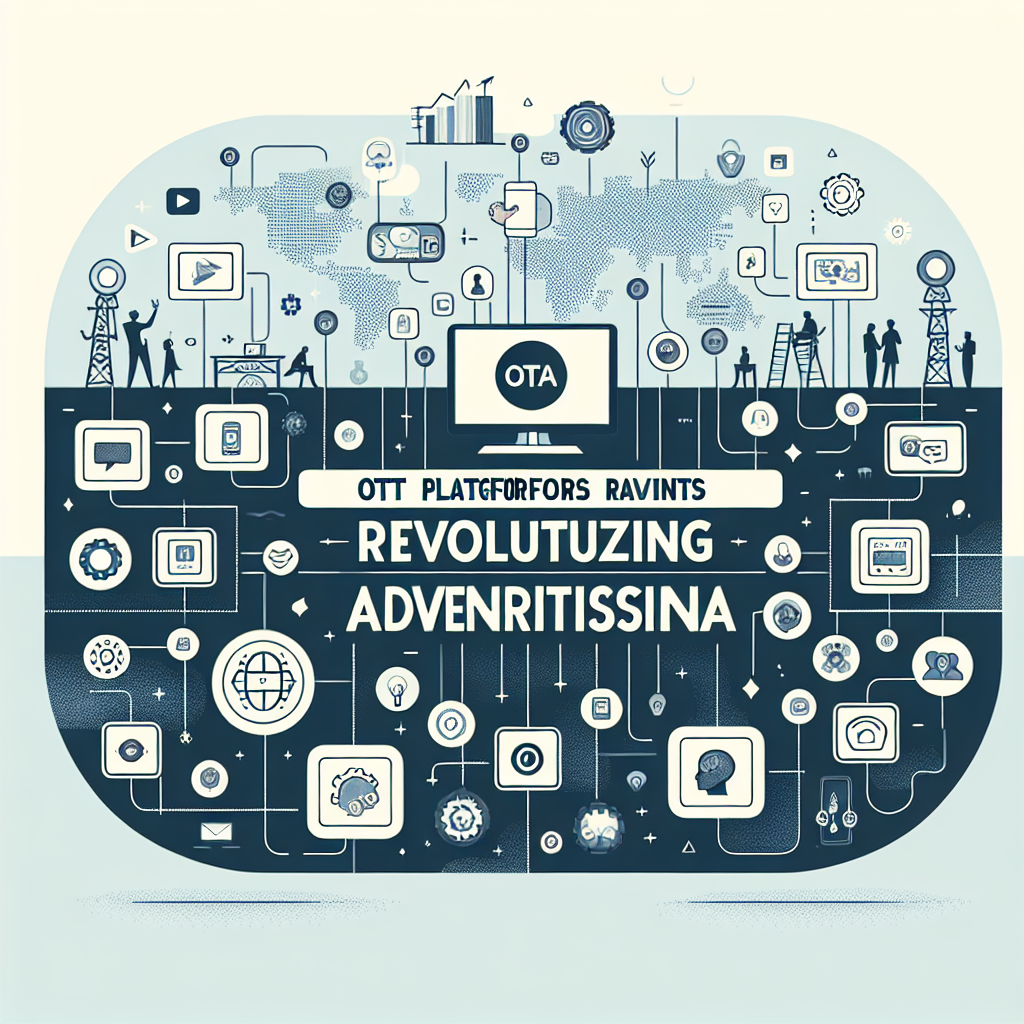How Super Bowl Ads Influence Brand Perception Beyond Just Sales
Introduction: The Multi-Dimensional Impact of Advertising's Biggest Stage
The Super Bowl represents far more than the championship game of American football—it constitutes advertising's most prominent global platform, where brands invest up to $7 million for merely 30 seconds of airtime. Yet this extraordinary investment rarely yields proportional direct sales returns, raising the question: why do sophisticated marketers continue this seemingly irrational expenditure? The answer lies in understanding that Super Bowl advertising operates as a multi-dimensional brand-building instrument rather than a simple conversion tactic. According to research from the Kellogg School of Management, successful Super Bowl campaigns generate an average 20% lift in brand favorability that persists for months beyond the broadcast. Marketing Science Institute data indicates that first-time Super Bowl advertisers experience a 12% average increase in stock value in the week following the game—a phenomenon attributed to market perception of brand momentum rather than anticipated sales increases. This article examines how Super Bowl advertising creates value beyond traditional sales metrics, the psychological principles driving these effects, and how digital transformation has expanded the impact of these high-stakes creative investments from a one-night broadcast into multi-platform, extended engagement opportunities.
The Evolution of Super Bowl Advertising: From Product Showcase to Cultural Touchstone
Super Bowl advertising has transformed dramatically in both form and function:
Historical Trajectory and Strategic Shifts
- Early Super Bowl ads (1960s-1980s) emphasized product features and rational benefits.
- Apple's watershed "1984" commercial marked the pivot toward emotional storytelling and cultural commentary.
- Professor Bernd Schmitt's research on experiential marketing explains the shift from product-focused to brand experience-centered campaigns.
The Typology of Modern Super Bowl Strategies
- Cultural commentary: Brands like Coca-Cola and Nike addressing societal issues.
- Entertainment value: Brands like Doritos prioritizing creative memorability over product attributes.
- Corporate narrative: Brands like Google using emotional storytelling to humanize corporate identity.
- Category disruption: Newcomer brands like Coinbase using distinctive approaches to signal industry transformation.
Psychological Mechanisms: Why Super Bowl Ads Create Lasting Impact
The effectiveness of Super Bowl advertising is rooted in several psychological principles:
Collective Viewing and Shared Experience
- The Super Bowl represents one of the last true mass synchronous viewing experiences in a fragmented media landscape.
- Research from MIT's Sloan School shows that shared viewing experiences generate 37% stronger emotional responses than isolated exposure.
- Example: Budweiser's "Puppy Love" commercial generated 51 million shared views, with Nielsen data indicating that shared viewing doubled emotional impact metrics.
Anticipation and Extended Engagement
- The pre-game anticipation and post-game analysis extend brand exposure far beyond the 30-second spot.
- Professor Kevin Lane Keller's brand resonance model identifies how these extended conversations deepen brand relationships beyond awareness.
- Example: Amazon's Alexa "Mind Reader" campaign generated 130 million pre-game views and dominated post-game rankings, extending impact for weeks beyond the actual broadcast.
Strategic Value Creation: Beyond Traditional ROI Metrics
Super Bowl advertising delivers value across multiple dimensions:
Internal Alignment and Corporate Culture
- Super Bowl participation functions as an internal rallying point and culture-building exercise.
- Example: Salesforce's "New Frontier" campaign starring Matthew McConaughey was screened internally before public release, generating a 27% increase in employee brand advocacy according to internal metrics.
Talent Acquisition and Retention
- High-profile brand moments significantly impact recruitment metrics.
- Example: Google's emotionally resonant "Loretta" ad contributed to a 38% increase in job application rates in the month following the Super Bowl.
Investor Relations and Stock Performance
- Super Bowl participation signals corporate health and ambition to financial markets.
- Research from University of Wisconsin-Eau Claire found that creative effectiveness scores correlate with positive stock price movements in the week following the game.
Implementation Challenges: Navigating Heightened Stakes
The Super Bowl environment presents unique strategic and tactical challenges:
The Creativity-Effectiveness Tension
- The pressure to entertain often conflicts with brand and message recall objectives.
- System1 Group's research shows that 37% of Super Bowl ads achieve high entertainment scores but low brand linkage, undermining ROI.
Cultural Sensitivity and Backlash Risk
- The mass audience and heightened attention amplify risks of misinterpretation.
- Example: Ram Trucks' use of Martin Luther King Jr.'s speech in 2018 generated significant backlash despite positive pre-testing.
Measurement Complexity
- Traditional metrics often fail to capture the multi-dimensional impact of Super Bowl advertising.
- Advanced attribution modeling struggles to isolate Super Bowl effects from other marketing activities.
Future Trajectories: The Evolution of Big Moment Advertising
The Super Bowl advertising landscape continues to evolve:
Digital Integration and Extended Storytelling
- Super Bowl spots increasingly function as centerpieces of larger narrative ecosystems rather than standalone messages.
- Example: Old Spice's iconic "The Man Your Man Could Smell Like" campaign generated 107 million YouTube views and spawned interactive response videos extending the campaign's life for months.
AI-Enhanced Personalization at Scale
- Advanced technologies are enabling mass tailoring of Super Bowl creative.
- Example: Toyota's data-driven approach to post-Super Bowl targeting, delivering personalized follow-up content based on viewer reactions and demographics.
The Rising Second Screen Experience
- Mobile engagement during broadcasts is creating parallel engagement opportunities.
- Example: Reddit's five-second "Wow, that actually worked" QR code spot driving 20 million site visits within 24 hours.
Conclusion: The Evolving Strategic Value of Advertising's Biggest Stage
Super Bowl advertising represents far more than an expensive customer acquisition tactic—it constitutes a multi-dimensional brand investment that builds value across consumer perception, internal alignment, talent acquisition, and financial markets. While direct sales attribution remains challenging, sophisticated marketers recognize that the event's unique combination of mass synchronous viewing, heightened attention, and cultural significance creates opportunities for brand building that few other platforms can match. As media fragmentation continues and consumer attention becomes increasingly precious, the Super Bowl's role as one of the last true mass cultural moments ensures its continued relevance, even as implementation strategies evolve to leverage digital extensions and data-driven personalization. The most successful brands will be those that approach Super Bowl advertising not as a standalone creative exercise but as the centerpiece of integrated brand narrative strategies that extend impact far beyond the broadcast itself.
Call to Action
For marketing leaders considering Super Bowl participation:
- Develop comprehensive measurement frameworks that assess impact across brand health, employee engagement, and investor perception metrics.
- Create integrated digital ecosystems that extend creative concepts before and after the broadcast event.
- Establish cross-functional teams that align Super Bowl messaging with broader corporate narrative and purpose initiatives.
- Implement real-time social listening capabilities to rapidly adapt post-game engagement strategies based on audience response.
Featured Blogs

BCG Digital Acceleration Index

Bain’s Elements of Value Framework

McKinsey Growth Pyramid

McKinsey Digital Flywheel

McKinsey 9-Box Talent Matrix

McKinsey 7S Framework

The Psychology of Persuasion in Marketing

The Influence of Colors on Branding and Marketing Psychology








